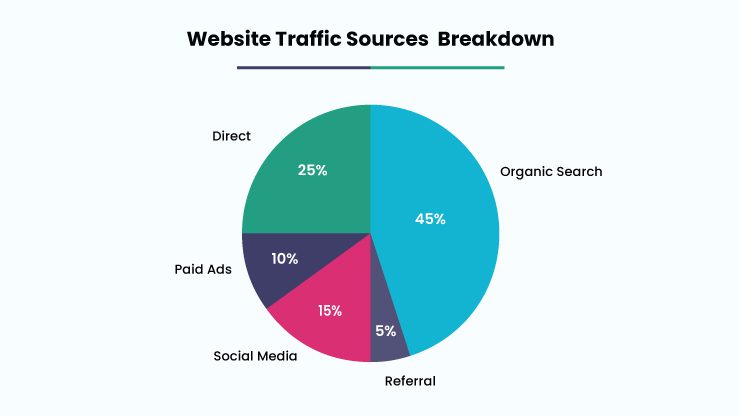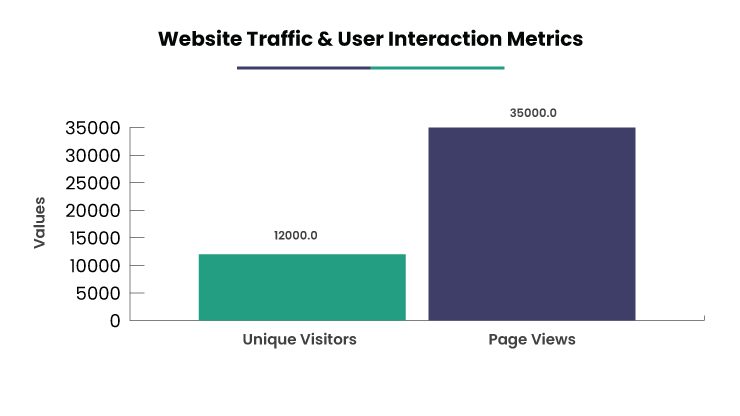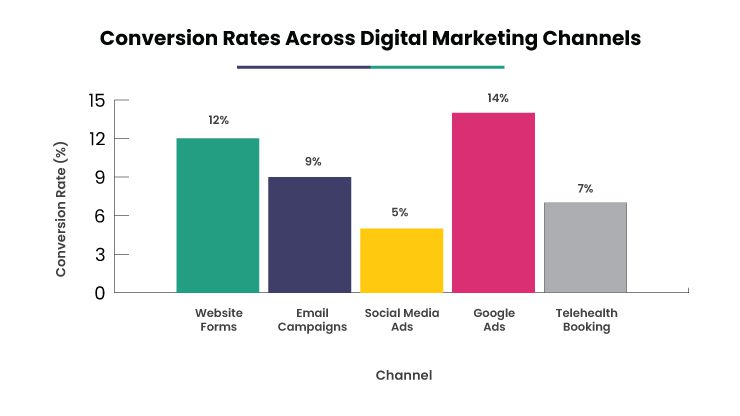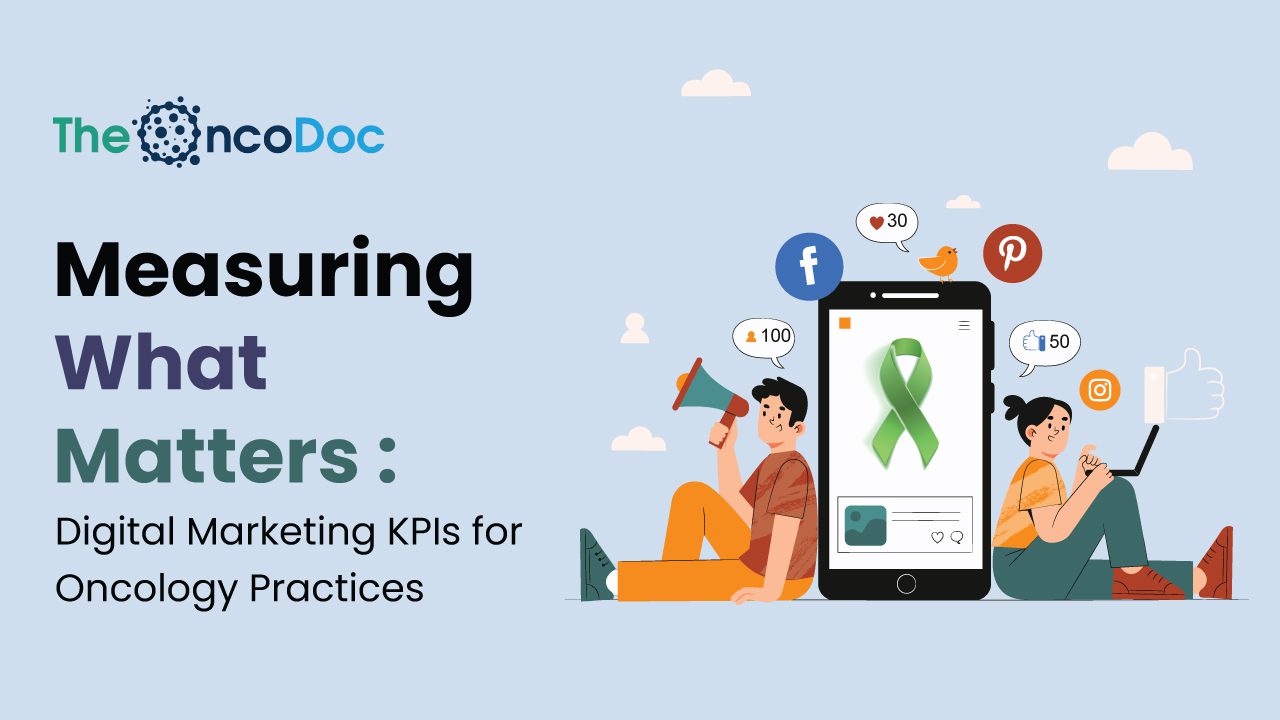Introduction
In the modern healthcare landscape, patients often begin their search for cancer care not in a hospital, but online. Whether through search engines, social platforms, or informational videos, they look for answers, reassurance, and trustworthy healthcare providers. For oncology practices, embracing digital marketing is not just an option- it’s a necessity. But how do you evaluate if your digital presence is effective? The answer lies in measuring the right Key Performance Indicators (KPIs).
Marketing in oncology is different from traditional campaigns. It demands empathy, accuracy, and relevance. Every digital interaction whether a blog on radiation therapy or a survivor’s story must be rooted in trust and care. KPIs help measure how well your efforts are supporting patient needs and organizational goals.
Why Measuring KPIs Is Crucial in Cancer Care Marketing?
Oncology marketing must balance technical accuracy with emotional sensitivity. Patients dealing with cancer often rely heavily on online resources to understand their condition and treatment options. Tracking KPIs provides insights into:
- What patients are actively seeking?
- How they engage with digital content?
- Which platforms or campaigns drive real results?
- Whether your communication is aligned with patients’ needs?
“Just as oncologists rely on diagnostic tools to assess patient progress, digital marketing teams must rely on KPIs to guide patient communication strategies.”
Key Digital Marketing Metrics Oncology Practices Should Monitor
Let’s explore the most relevant KPIs for cancer care marketing and how they can enhance your practice’s outreach.

1. Website Traffic & User Interaction
Your website is often a patient’s first touchpoint with your clinic. Its performance can reveal a lot about your online visibility and the value of your content.
KPIs:
- Unique Visitors & Pageviews: How many people are finding your site?
- Bounce Rate: Are visitors leaving immediately, or exploring?
- Time on Page: Longer durations imply useful and engaging content.
- Popular Pages: Identify what draws attention- treatment pages, patient stories, FAQs, etc.
Example: If a page about breast cancer awareness gets lots of traffic but few interactions, you might need to improve layout, readability, or add a strong call-to-action.

2. Conversion Rate
Conversion doesn’t always mean booking an appointment. In oncology, smaller actions matter like downloading a symptom checklist or registering for a cancer awareness event.
KPI to Track:
- Overall Conversion Rate = (Conversions ÷ Total Visitors) × 100
Examples of conversions:
- Filling out a contact form.
- Requesting a teleconsultation.
- Signing up for a newsletter.
- Clicking on a “Get a Second Opinion” button.
These micro-conversions indicate growing patient interest and intent.

3. Search Engine Visibility (SEO Metrics)
Most patients begin their search for care on Google. If your practice doesn’t appear in those results, you’re missing critical outreach opportunities.
Monitor:
- Growth in Organic Visitors
- Keyword Positions: Are you ranking for “cancer hospitals near me” or “oncologist in Bangalore”?
- CTR (Click-Through Rate) on search results
- Number of Quality Backlinks
Tip: Use free tools like Google Search Console or paid platforms like Ahrefs to improve your rankings over time. Writing educational content based on patient search queries also boosts your SEO performance.
4. Social Media Engagement
Social platforms like Facebook, Instagram, and YouTube allow oncologists to build credibility and community.
KPIs:
- Engagement Rate = (Likes + Comments + Shares) ÷ Followers × 100
- Reach and Impressions
- New Followers Gained
- Video Views and Retention
Posting myth-busting content, inspirational survivor interviews or Q&A sessions with doctors can boost emotional connection and trust.
Note: Regional language content often performs well in community-centric regions.
5. Email Campaign Effectiveness
Email is still a powerful tool to maintain long-term communication, especially for regular updates, educational content and patient reminders.
Track:
- Open Rates (20–30% is standard)
- Click Rates
- Unsubscribes
- Conversions from Email CTAs
Make sure emails are personalized, relevant, and offer real value. Examples include post-treatment care guides, patient support group invites, or event registrations.
6. Patient Acquisition Cost (PAC)
How much are you spending to bring in a new patient?
PAC = Total Campaign Spend ÷ Number of New Patients Attracted
Monitoring this metric helps you identify which strategies yield the highest return on investment. A lower PAC suggests efficient campaigns and strong messaging.
If your Facebook campaign is costing more per patient than a Google Ads campaign, it might be time to rebalance your budget.
7. Online Reviews and Ratings
Patients today rely heavily on online reviews to choose providers, especially for sensitive issues like cancer. Your online reputation can directly impact patient decisions.
Key Metrics:
- Review Volume and Ratings
- Response Times to Feedback
- Sentiment Trends
Encourage patients and families to share their experiences. Address negative feedback with professionalism and empathy. Use reviews as a source of improvement.
8. Lead Source Tracking
Where are your patients discovering you- via a Google search, YouTube video, WhatsApp message, or health blog?
KPIs:
- Traffic Origin: Organic, paid, social, referral
- Conversion by Channel
- UTM Campaign Performance
Use tools like Google Analytics and marketing CRM platforms to trace each lead’s path. This helps refine your efforts by investing more in what’s working.
9. Telehealth and Chatbot Use
Virtual tools have transformed patient access to cancer care. Monitoring usage can help you identify digital bottlenecks or opportunities.
Metrics to Observe:
- Number of Online Appointment Bookings
- Tele consult Success Rates
- Chatbot Drop-offs
- Patient Feedback Scores
If chatbots receive repeated questions about symptoms or treatments, consider writing content around those themes to guide future visitors more effectively.
Setting Up a KPI Dashboard
To get a real-time snapshot of how your campaigns are doing, create a custom dashboard using tools like:
- Google Looker Studio
- HubSpot
- Power BI
- Zoho Analytics
Your dashboard can track performance in real-time, comparing monthly growth, identifying underperforming channels, and visualizing the patient journey.
Best Practice: Review your dashboard weekly and hold quarterly alignment meetings between your marketing team and oncologists to ensure strategic consistency.
Challenges in Applying KPIs to Oncology Marketing
Not all practices have the resources to manage robust digital tracking systems. Common hurdles include:
- Limited staff with digital expertise.
- Lack of integration between platforms.
- Unfamiliarity with tools like Google Analytics or CRM dashboards.
Solutions:
- Start with just 3–4 basic KPIs (like website traffic, conversions, SEO rank, and review rating)
- Use simple platforms with guided templates.
- Train one staff member on digital basics or partner with ethical healthcare marketing firms.
Looking Beyond the Numbers: Data Meets Compassion
Although KPIs focus on numbers, each data point represents a person in need-someone searching for clarity in one of life’s hardest moments. That’s why measuring performance isn’t just about ROI; it’s about impact.
- A click on a video may represent hope.
- A downloaded guide may help someone prepare for surgery.
- A Google review may offer comfort to a worried family.
“Data, when used wisely, can make care more compassionate – not less.”
Conclusion: Let Purpose Guide the Metrics
Digital marketing in oncology must be driven by one goal, better patient care. KPIs don’t just highlight what’s working; they reveal how your practice is evolving, what patients are responding to, and how to serve them better.
When you align your marketing metrics with your mission of healing, you create a digital ecosystem where patients feel supported, informed, and understood. Ultimately, the best metric is trust and everything else should work to earn it.



